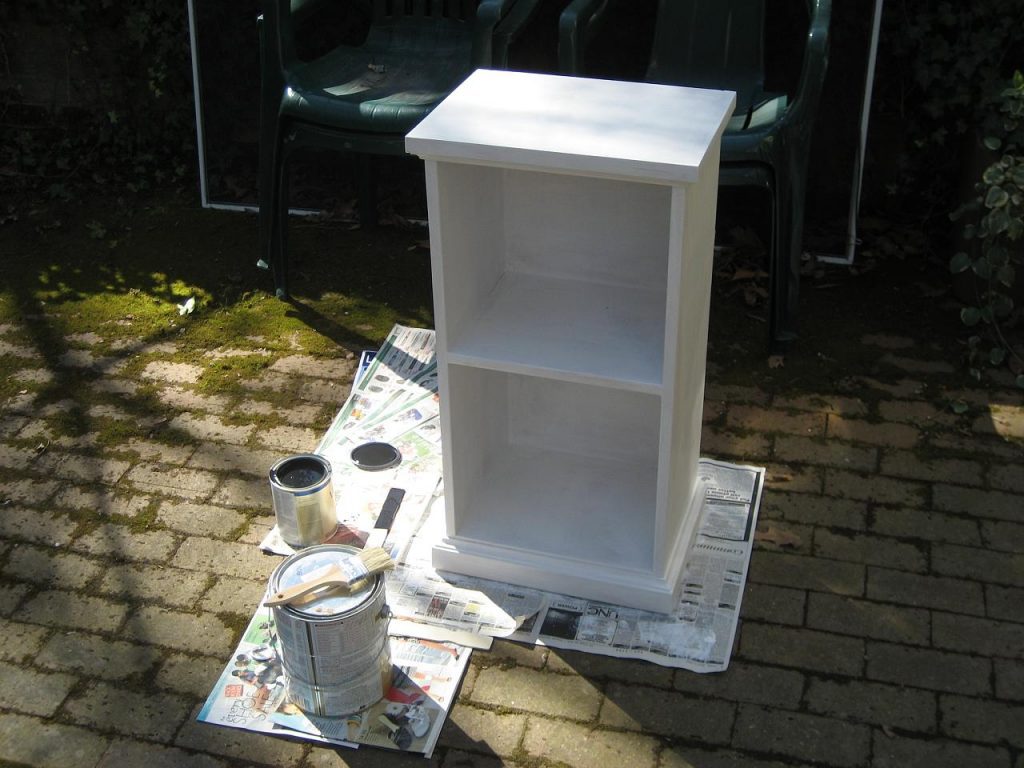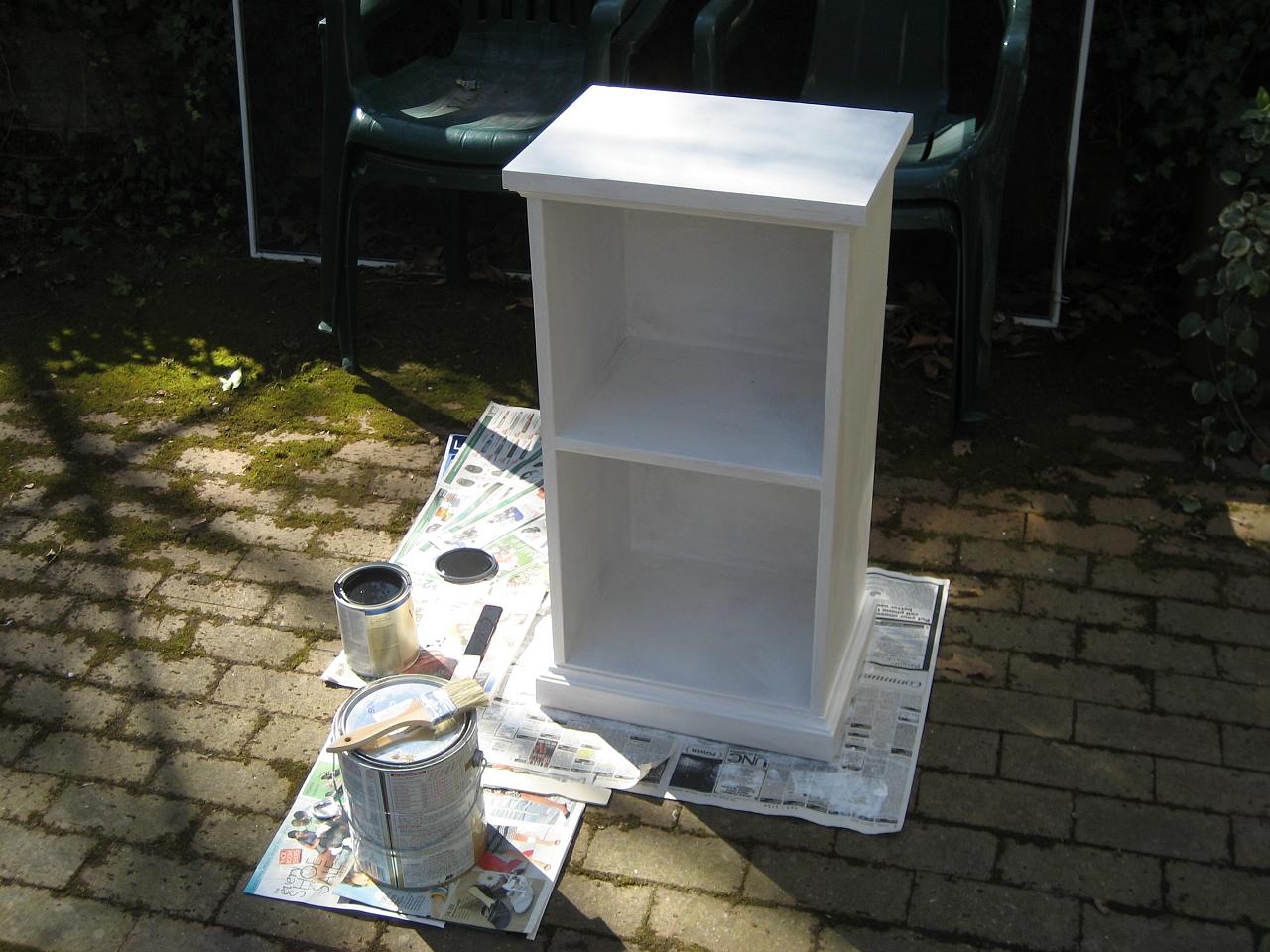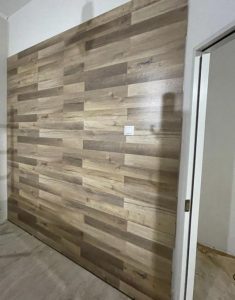With all the different finish options that exist, paint is often thought of as a “simple” finish, that anyone can apply perfectly, without any previous experience. While that is possible, there is much more to a painted finish than most people realize, especially in applying paint over difficult surfaces. Knowing what products to use and how to use them helps to ensure a quality finish that will look good and last a long time.
One major part of the misunderstanding about paint products is the need for primer. Many do-it-yourselfers skip over priming as an “unnecessary step,” thinking that the paint can act as a primer as well. While the paint may succeed in acting as a primer, sealing the surface and providing adhesion, it won’t do it as well as a true primer will. It will also be a more costly alternative to using a primer, as paint is more expensive than primer.
One of the reasons why people try to skip the primer step is to save on paint and labor. This may work if paint is being applied onto an already painted surface that has been thoroughly cleaned. But when painting a new surface, much of that first coat of primer is soaked into the substrate in trying to seal off the surface. All that does is raise the overall cost of the project, rather than saving anything.
A better alternative is to tint the primer. Kilz 2 will accept up to 60ml of universal paint colorant per 3.79 liters, in cases where the primer is not being used as a stain blocker. The company recommends tinting the primer to a slightly lighter shade than the paint, making it obvious which areas have been painted and which have not, while having the primer close enough to the paint color so as to hide any pinhole in the finish coat. This is an especially good strategy for those who are going to attempt to use only one coat of paint, over the primer. It should be noted that paint manufacturers generally do not recommend using a single coat of paint, regardless of whether primer is applied under it or not.
Kilz 2 is a water-based primer, from the same company (Kilz) that manufactures the original Kilz primer. The main difference between the two products is that Kilz is an oil-based product, while Kilz 2 is water based. Not only does this make cleanup from applying Kilz 2 much easier than the original Kilz, but Kilz 2 has much lower VOCs (volatile organic compounds) than Kilz. The original Kilz has a VOC content of 442 grams per liter, while Kilz 2 has only 10. This is a big plus when working indoors, especially where there are a lot of people around.
Kilz 2, like other primers, has high adhesion to pretty much all surfaces; much higher than paint alone. It is much easier to get a primer of this type to adhere to slick, glossy surfaces and surfaces which are difficult to bond to, such as aluminum and PVC. The surface must be clean however, as a coating of grease or any other substance that doesn’t adhere well to the wall will eventually cause the primer to fail.
Kilz 2 is fast drying, being dry to the touch in 30 minutes and ready for paint application in one hour. It works best when applied over drywall or plaster. If there is a lot of wood to cover, other products in the Kilz family would be a better choice. Nevertheless, Kilz 2 can be used in both interior and exterior applications. Only one coat of Kilz 2 should be needed in all applications.
Kilz and Kilz 2 are commonly used in cases where it is necessary to hide what is underneath in existing buildings. Difficult stains on the wall, such as food stains, crayon or marker, pencil, scuff marks or hand prints, as well as the smell of tobacco or the smell of greasy cooking can be blocked by use of Kilz 2, covering those stains and trapping them in the previous layer of paint. If paint is applied without the primer coat, those things can soak through the paint, becoming visible again, even after several months. However, it should be noted that the original Kilz will cover some stains that Kilz 2 will not; so it is best to use Kilz for heavy stains. Kilz 2 can also be painted over staining caused by mold, once the mold has been killed and cleaned off.

Please note that of the two, the original Kilz primer is better at covering heavy stains that Kilz 2. Should heavy stains be encountered, it is best to use the original oil-based product, rather than trying to use two coats of Kilz 2.
With all these benefits, some people might think that Kilz 2 can be used as a finish coat, especially in places which are to be painted white, like ceilings or where the primer can be tinted sufficiently to reach the desired color. However, Kilz 2 should not be used without a finish coat of paint over it. Primers like this are not UV stabilized and do not have any built-in protect from the weather. Without being covered by paint, the primer will start to deteriorate after a few months.
In addition, the flat (no sheen) surface of the primer tends to attract dirt, which will cause it to discolor much more quickly than paint will. Primers are not designed to be a top coat, but rather to seal the substrate below and help promote adhesion between the paint and the substrate. As such, the surface is designed to be almost rough, like very fine sandpaper. That’s great for paint to adhere to, but dirt can adhere to it as well.




